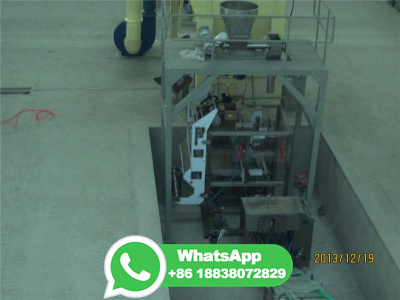Steel Scrap Versus Iron Ore: What's the Difference?
Using steel scrap also helps reduce waste. Instead of sitting in a junkyard, items can be recycled and the steel can be separated to obtain scrap. Alloy steel made using steel scrap is also just as strong and durable as steel made from raw material using iron ore. Steel does not suffer from a loss of quality when recycled or made from steel scrap.




























